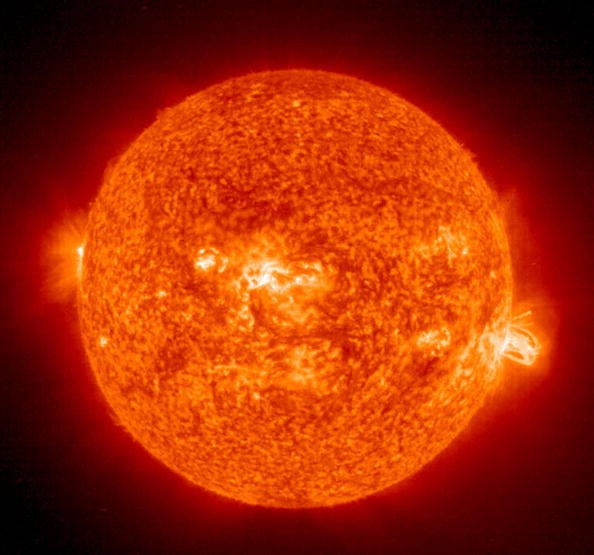Surveillance radars in far-northern areas of the world (northern Alaska, Greenland, and the United Kingdom) abruptly and mysteriously jammed on May 23, 1967, more than two decades into the high drama of the Cold War.
These radars were built to detect Soviet nuclear missiles approaching the United States. An attack on them by another country was seen as a war crime.

US and Soviet Tensions

Tensions between the United States and the Soviet Union were at an all-time high at the time. The blocked radars were considered by US military leaders to be an assault by their adversaries.
These commanders issued a strong alert on that tragic day in 1967. They gave the go-ahead for nuclear weapons-carrying planes to ascend to the skies. Fortunately, another cause for the blocked radar surfaced before they did.
In the end, an unexpected group of heroes emerged to rescue the day: some of the first space weather predictors. They determined the radar had been jammed due to the impact of a strong solar flare. Their understanding of the sun helped to avoid a full-fledged nuclear war.
Related Article : Expert Warns 'Situation Worse than Covid' if Government Ignores Solar Flare Defense
1967 Solar Storm
Delores Knipp, an atmospheric physicist at the University of Colorado and the National Center for Atmospheric Research (in Boulder, Colorado), teamed with former US Air Force officers to bring this tale to light in 2016. Their paper, titled "How a Solar Flare Nearly Triggered a Nuclear War," was published in the American Geophysical Union's journal Space Weather on August 9, 2016. According to the authors:
We show how the May 1967 storm would have been a major social event if it hadn't been for the US Air Force's fledgling attempts to expand its terrestrial weather monitoring, analysis, warning, and prediction activities into the domain of space weather forecasting.
Solar flares, which are linked with sunspots, are enormous blasts of energy from the sun. They're the most significant explosive events in our solar system, lasting anywhere from minutes to hours. They appear as bright spots on the surface of the sun. Solar flares, on the other hand, are a common occurrence. Moreover, they occur often, especially at the height of the sun's 11-year cycle of activity.
So how could individuals in the 1960s have been unaware of the possibility of a solar flare disrupting radar?
They did, in fact, know. But, on the other hand, solar flares were not studied extensively or regularly until the 1960s. Before that time, radio astronomy was a relatively young science, and studies of the sun and its flares were few and few between. However, by 1967, solar forecasters at the North American Aerospace Defense Command were receiving daily information from observatories worldwide (NORAD).
Sunspots
A vast collection of sunspots developed in a region of the sun's surface in mid-May of that year. Sunspots are cold, black areas on the sun that indicate atmospheric disturbance. A large solar flare was expected, according to forecasters. It did, in fact, happen. Due to this activity on the sun, a solar radio observatory in Massachusetts recorded extraordinary amounts of radio waves. In addition, observatories in New Mexico and Colorado reported witnessing the flare with their instruments, according to Knipp's 2016 research.
What if It Happens Today?

The solar storm showed the need for accurate forecasting of what has become known as space weather. Unfortunately, this is a lesson that the entire globe has learned: powerful solar flares may impair radio transmission. Today, solar flares have the potential to damage electrical grids and satellite communication systems, as we all know.
Also Read : Rosetta Eruption May Help Scientists Learn More About Solar Eruptions, Flares, And Storms
For more cosmic news, don't forget to follow Nature World News!
© 2025 NatureWorldNews.com All rights reserved. Do not reproduce without permission.





